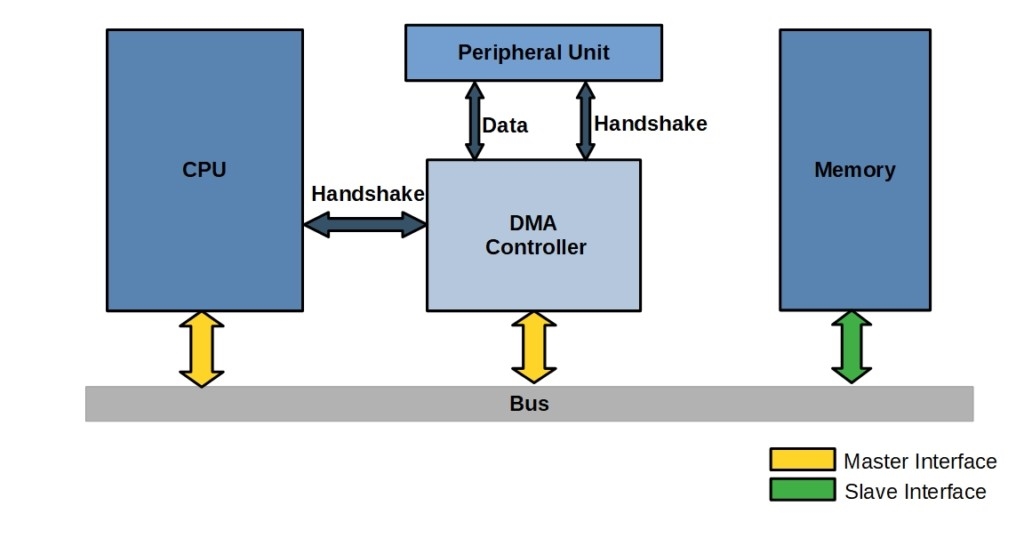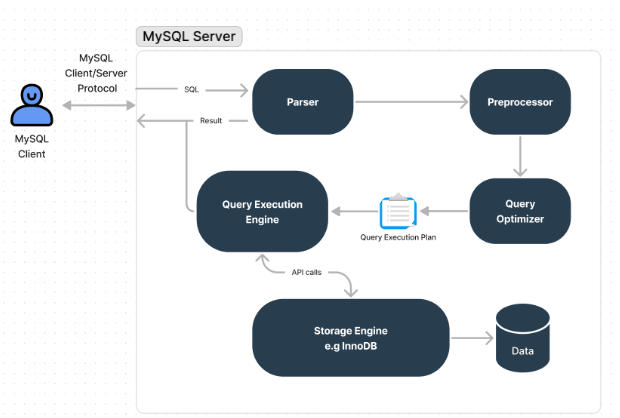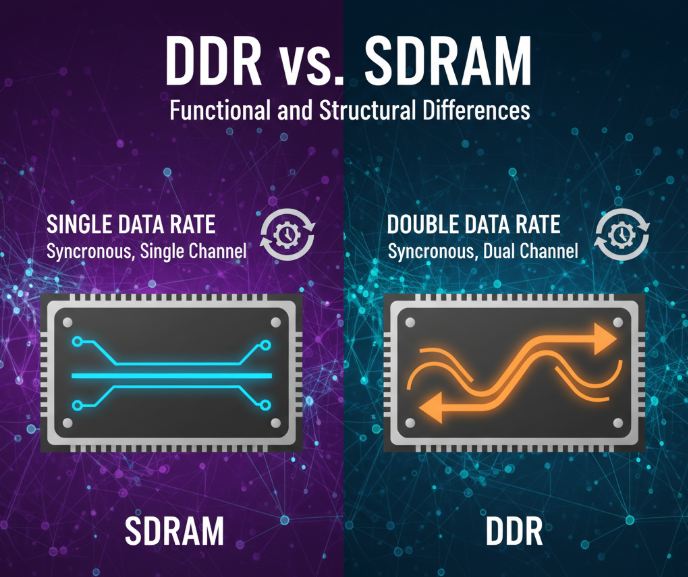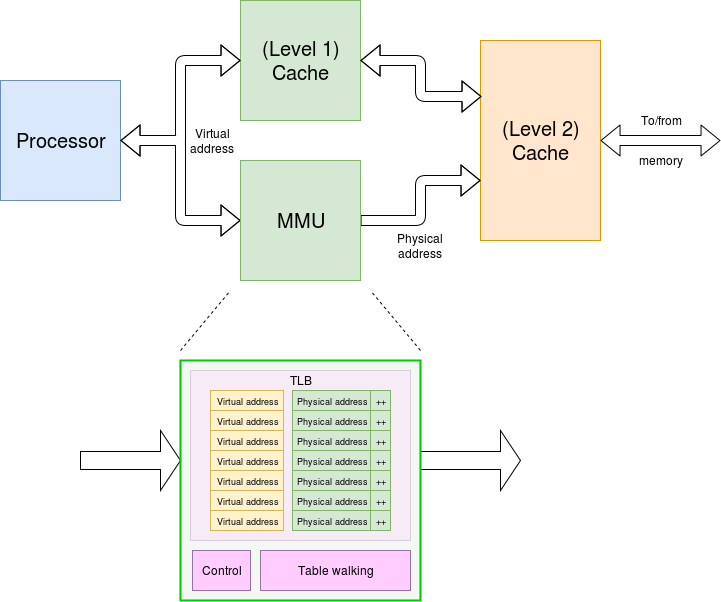Overview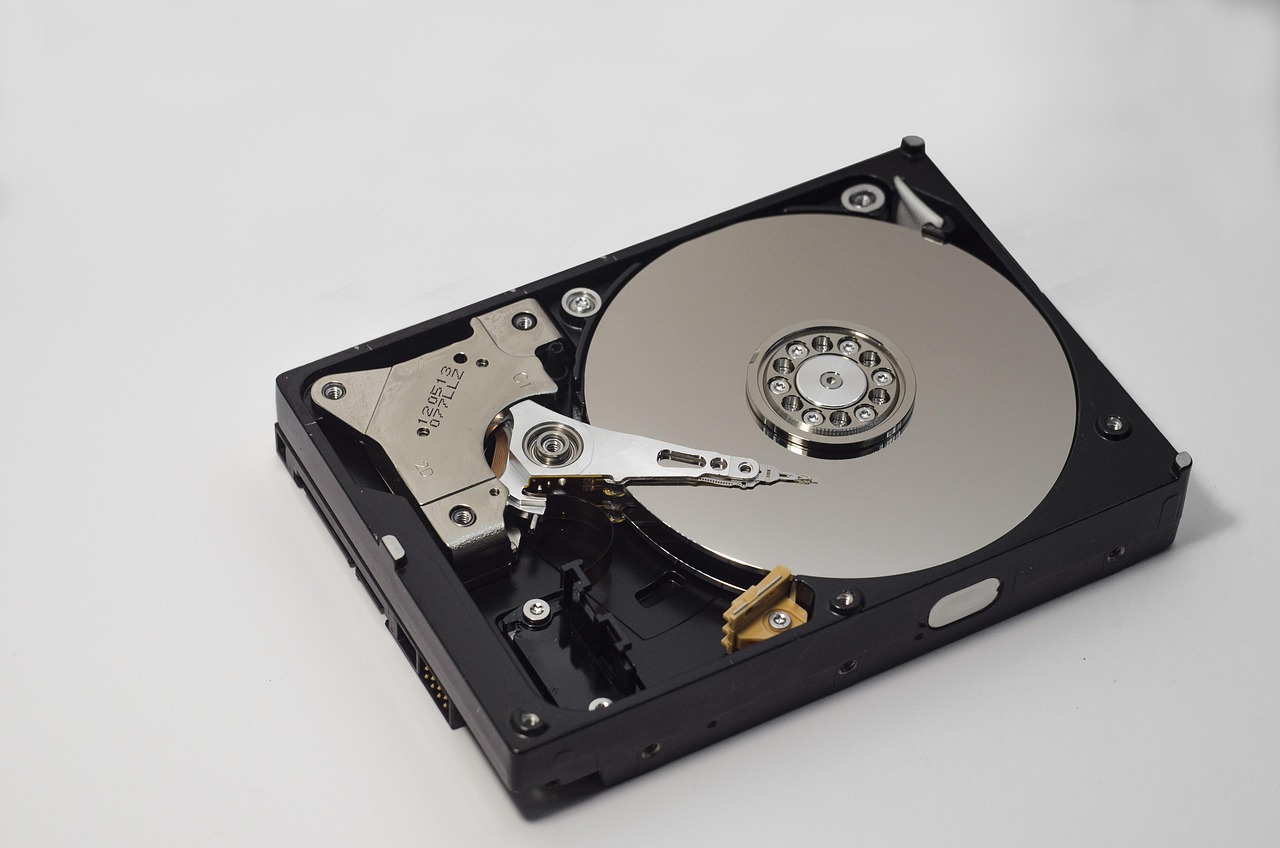
Redis is exploring using disk as part of a tiered storage architecture to reduce cost and broaden its appeal.
Company Plans and Rationale
CEO Rowan Trollope told The Register that the change aims to help customers lower costs and simplify architectures. He noted that sub-millisecond distributed systems provide the needed performance, but systems built for internet scale, such as MongoDB, can be more price competitive. To address this, the company has developed a layered memory approach that adds flash backing behind its memory system.
Use Cases: Gaming and Dormant Data
"We are a half step between disk and memory. For some specific use cases, such as gaming, companies might use us to provide real-time leaderboards and other in-game statistics," Trollope said.
He explained that after an initial surge around a game release, many users go dormant until new content appears. Using flash enables dynamic memory tiering. "We can move data that has not been accessed for a long time to flash, where it can reside for a while. When users return, we can easily move it back from flash to memory seamlessly. That saves companies cost."
Extending to a Three-Tier Architecture
Redis plans to extend the concept to disk-based memory to support a three-tier architecture.
Adoption and Popularity
In the Stack Overflow 2023 annual report, Redis was ranked the sixth most popular database among professional developers and the second most popular NoSQL database, with about 23% adoption among professional developers. Research by monitoring company Sumo Logic indicated that in 2020 Redis became the most popular database on AWS.
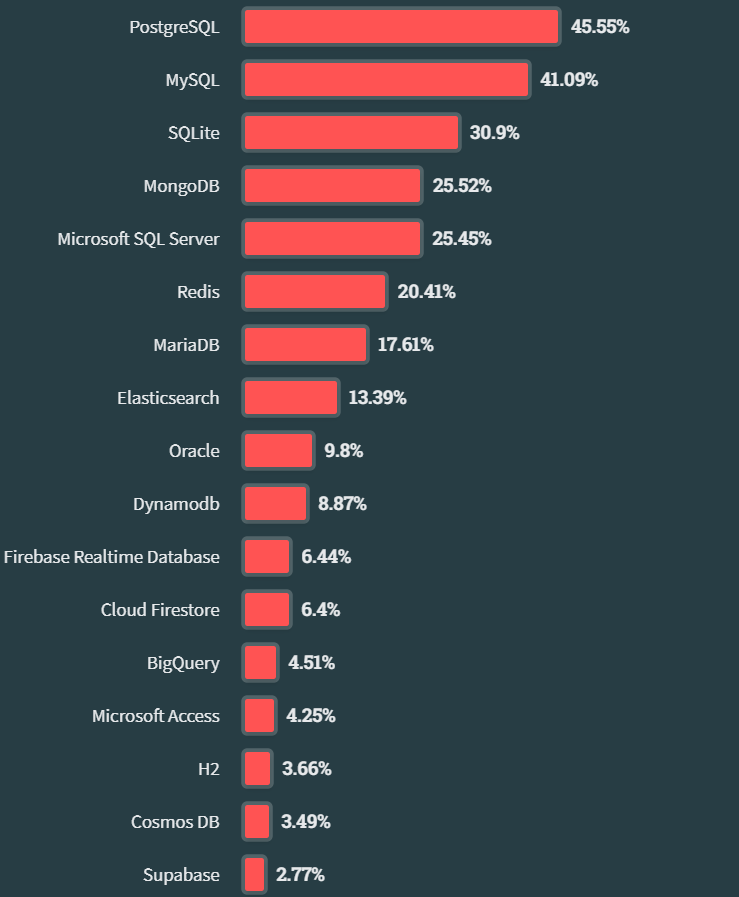
Competition and Roadmap
Trollope suggested that one reason for Redis's popularity is a relative lack of direct competition in the in-memory database space. "We are not really competing with other companies. Among the world's most popular databases, we are also a leading in-memory database; others do not do this. MongoDB does not do this. No cloud vendor can do this either, such as Azure Cosmos DB, Oracle, or Amazon's technologies like DynamoDB: they are not in-memory databases. We are used alongside the other top databases, but we do not really compete with them."
Trollope also said Redis has addressed the lack of SQL support: the RediSQL module is now available on GitHub. He added that Redis will support natural language queries and enhanced vector and feature store capabilities in the future.
 ALLPCB
ALLPCB


